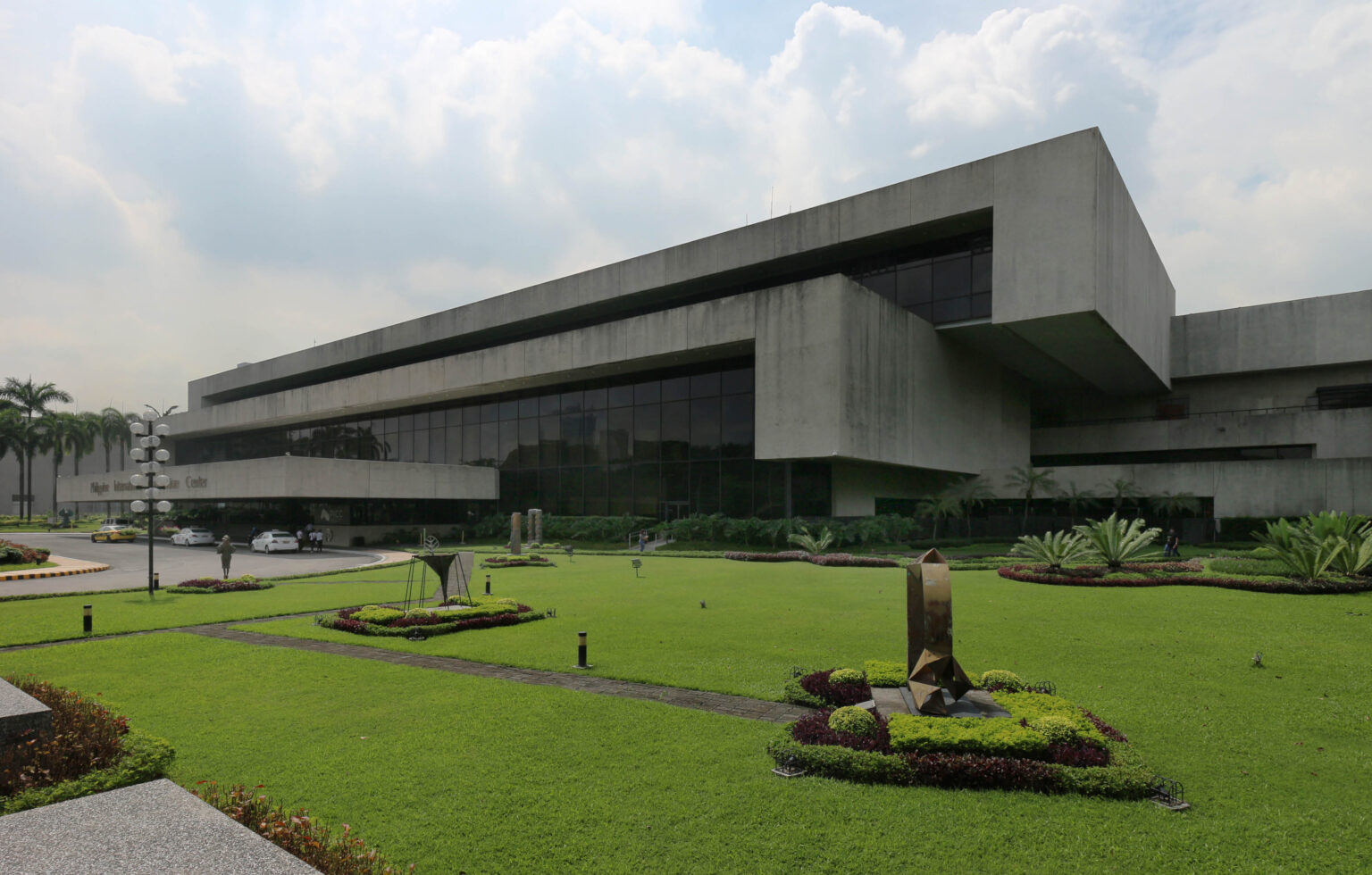The Brutalist masterwork of National Artist for Architecture Leandro Locsin, the Philippine International Convention Center or PICC, has been declared a National Cultural Treasure. The recognition was made official Tuesday night at an event held at the 46-year-old edifice.
What does it mean to be proclaimed National Cultural Treasure? According to National Museum Director Jeremy Barns, in the case of PICC, the distinction should help bolster marketing efforts to promote the building. “For the rest of us, it signals that we should cherish this place and not take it for granted just because we pass here,” Barns told ANCX. “It’s really a landmark and represents the best of our artistic and cultural heritage, especially as it continues to age. We should cherish it more and more.”
Apart from the PICC itself, the four major contributions from three Filipino artists that have long been part of the complex’s iconic stature were also given the similar distinction. These are 1) Arturo Luz’s magnificent concrete sculpture “Anito” located in the courtyard, and 2) his steel sculpture “Grid” which can be found at the plenary hall and reception hall lobby; 3) the painting “Pagdiriwang” by National Artist Jose T. Joya, always a breathtaking sight at the Delegation Upper Lobby; and 4) the elegant carved wooden chairs by National Artist Napoleon V. Abueva distributed in the convention center lobbies and hallways.
They join 106 other previously named National Cultural Treasures, which include esteemed paintings by Félix Resurrección Hidalgo y Padilla, Carlos “Botong” Francisco, and Juan Luna; architectural marvels like the San Sebastian Church, the Metropolitan Theater; and a sculpture by National Hero Jose Rizal.
The National Cultural Treasure status should serve as guide to the PICC and its owner, Bangko Sentral ng Pilipinas (BSP), “that they should always factor in the highest care for the building, the parts of the building by Locsin and the artworks that are intrinsic to the complex,” added Barns. “That should always factor in their strategic planning, management, maintenance, allocation of resources. Everything from disaster management to evacuation plans.”
Last June, a panel of experts was convened by Barns to evaluate and decide which of the country’s cultural properties should be designated as National Cultural Treasures and important Cultural Properties. The National Cultural Treasure Declarations is under the National Heritage Act of 2009, or RA 10066. Its aim is to institutionalize the cataloguing, identification, recognition and protection of our arts and architecture.

















